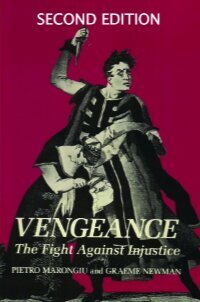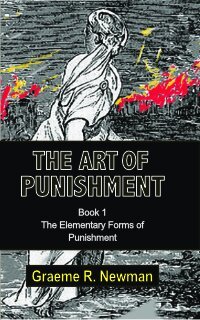Introduction by Charles Tibbits.
“ The name of London's famous and terrible prison Newgate has for centuries conjured to the public mind the gloomiest picture that the imagination of the listener could conceive of human retribution on the criminal and depraved. What the name of theBastille was in France to the person who might find himself at variance with political powers the name of Newgate was to the person who bore in himself the consciousness of crime. Its terrible reputation as the place of vengeance on offenders against theLaws seems to have a remarkable antiquity. Which prison was first instituted there is no record. As early as 121 1 however we have the news of its dungeons being filled with offenders. In I334..a commission was appointed by the authorities to consider the tortures then in use to extort confessions from the unfortunate wretches within its grim hold. From one end of the country to the;other Newgate became known as a place where all the terrors of the Law awaited the guilty. Dipping Into its gloomy annals one cannot help also arriving at the conviction that its terrors were not wholly reserved for the guilty. They overtook the unfortunate innocent sometimes. The inscription on the old Edinborough Tolbooth would excellently apply to it-—even as it will apply to many of our prisons to-day.”
London: Sisley's, 1908. 327p.













